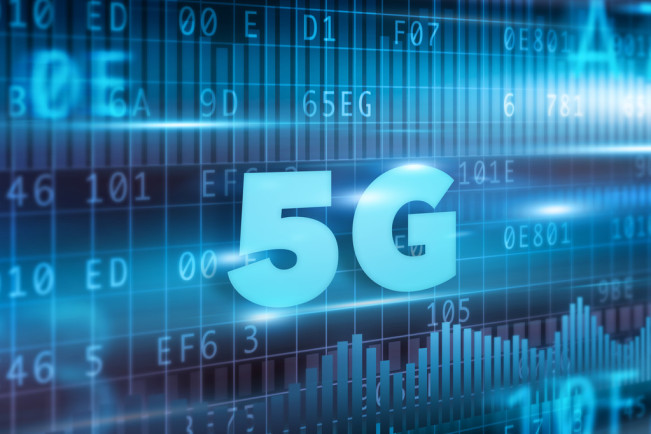Although there are currently more IoT devices in the consumer sector than in the industrial sector, industrial IoT investment is growing strongly in cross-industry solutions, as well as devices that address specific industry needs. Reply’s latest research, “Industrial IoT: A Reality Check,” explores two key areas driving IoT growth in the industrial market: smart factories and smart transportation and logistics.
By connecting machines and tools, the Industrial Internet of Things (IIoT) enables manufacturing companies to improve their production visibility in real time. The vast amounts of data generated by Industrial IoT devices form the fuel for optimizing production, improving delivery quality, introducing predictive maintenance, supply chain automation, and more.
Without the Industrial Internet of Things, Industry 4.0 would not be possible. Data is the fuel for all “smart” use cases in the industrial world; Industrial IoT is a key element in ensuring the infrastructure collects data, sends it to the cloud, and manages post-feedback analysis, all as part of a virtuous cycle of enterprise revenue.
market growth
Thanks to data collected using the proprietary Trend Sonar platform and support provided by Teknowlogy Group, the study also examines the key markets for smart factories and smart transport and logistics, divided into two main categories: “Europe-5” (Germany, Italy , France, Belgium and the Netherlands) and the “Big 5” (the United States, China, India, Brazil and the United Kingdom).
Despite the poor economic environment in 2020, investment in smart factories and smart transportation and logistics increased slightly in both clusters, with greater growth expected by 2025. Overall, the smart factory market in the “big five” clusters, led by the United States, is expected to exceed €86 billion by 2025, with strong investment in platforms, predictive solutions and remote monitoring; the smart transportation and logistics market will More than 15 billion euros. On the other hand, in the “European Five” cluster, the smart factory market in all countries is expected to nearly triple, with the total value in the five countries exceeding 23 billion euros, with Germany leading the way; platforms will experience exponential growth, Companies will invest in better managing quality and reducing costs; Germany will also remain a leader in smart transport and logistics, but other countries in the cluster will still maintain significant growth.
Drivers of 5G and edge computing
The adoption of low-cost sensors and 5G networks, driven by heavy investment from telecom companies, will further promote the adoption of industrial IoT, such as improved communication between autonomous vehicles/robots, artificial intelligence and machinery, coupled with increased computing power and extremely low latency, promising to not only make factories more efficient, but also safer. Additionally, the ability to create high-density private networks will enable wider deployment of industrial IoT and connect large numbers of sensors, machinery, vehicles and robots, complemented by the increased use of augmented and virtual reality to support the “connected worker.”

Cybersecurity is a key factor
The continued growth of connected devices and their heterogeneous requirements pose new challenges to device and network setup and maintenance strategies. Based on its experience, Reply believes that organizations need to adopt micro-segmented environments (on-premises and/or cloud-based) that are stable and ready to respond to traditional and new dangerous technologies, thereby reducing the probability that new types of attacks will succeed. Analysis of IoT architecture, industrial components, and entire infrastructure will help companies eliminate existing gaps, vulnerabilities, and threats ahead of time. But it’s not just a technical issue: training programs for employees will also be crucial, as well as research and ongoing testing of all equipment used.
From factory to consumer
If Industrial IoT technologies have been adopted and used in recent years to increase the efficiency of factories and logistics centers, during the pandemic new investments have mainly been directed towards improving employee safety. However, long-term trends are expected to directly involve the end consumer. The success of so-called “connected products” has actually accelerated investment in solutions where usage data collection and processing involves not only the production machinery, but also the use of the product. The redesign of the design, production, and distribution processes of IoT products helps create value-added services and facilitates remote updating and maintenance of home appliances, automobiles, robots, electronics, and entertainment devices.
Keywords: Internet of Things data transmission module